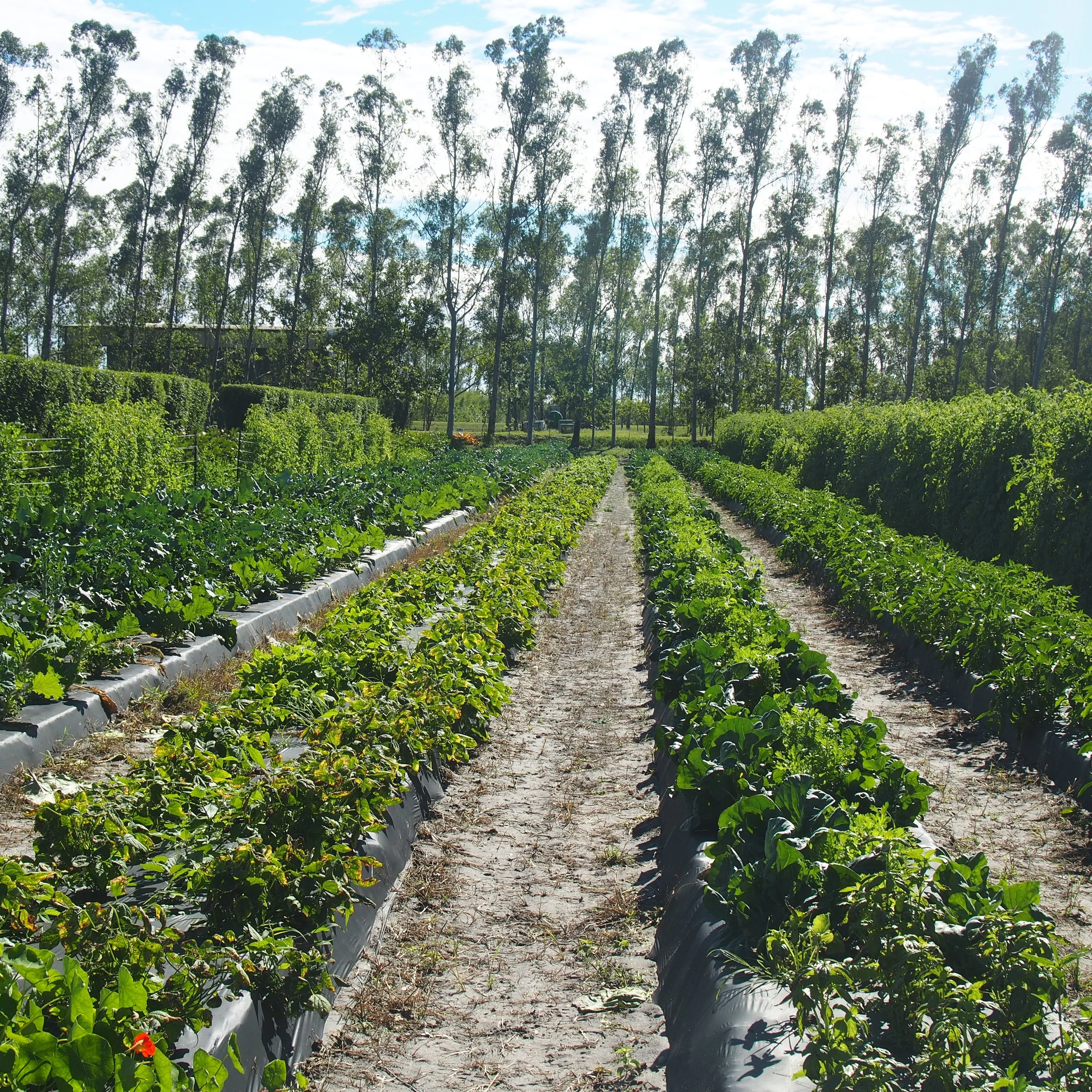Biochar, Part of the Solution
Kai-Kai Farm enrolled in NRCS EQIP cost share program, code 808 (Soil Carbon Amendment) to feed our 40 acres of soil with biochar and compost, increasing soil health and crop yield. Carl Frost and Merina Ingram attended a biochar webinar hosted by pioneer experts in the field to learn about Biochar’s amazing regenerative abilities. We connected with Tom Miles CEO of Biochar Solutions and his team to learn where we can source biochar, how to apply it, and how to charge biochar with other soil amendments such as compost. After speaking with several biochar producers in Florida we came to the conclusion that it is more cost effective to source biochar, rather than produce our own. If you are set on producing your own biochar, it is recommended to burn fast growing trees such as eucalyptus or bamboo.
Biochar is black carbon produced from biomass sources [i.e., wood chips, plant residues, manure or other agricultural waste products] for the purpose of transforming the biomass carbon into a more stable form (carbon sequestration) (Jones et all.,1997). Through the process of pyrolysis (the thermal decomposition of materials at elevated temperatures, often in an anoxic atmosphere), the biomass carbons chemical composition changes, creating biochar. Biochar has the ability to sequester carbon, increase microbial activity and increase soil organic matter, overall improving soil health to increase crop yield. Biochar is speculated to have been used as a soil supplement thousands of years ago in the Amazon basin, where regions of fertile soil called "Terra Preta'" (dark earth) were created by indigenous people. Biochar remains in the soil of these regions, Terra Preta is still sought after for its dense nutrient composition.
We strive to improve our sustainable practices and protect our natural resources, majority of time this means going back to farming methods that were successful hundreds to thousands of years ago. By utilizing earths elements, we are ensuring food supply for future generations and mitigating climate change.
To learn more about Biochar and its benefits visit:
Biochar (pyrolysis) | CSANR | Washington State University (wsu.edu)

